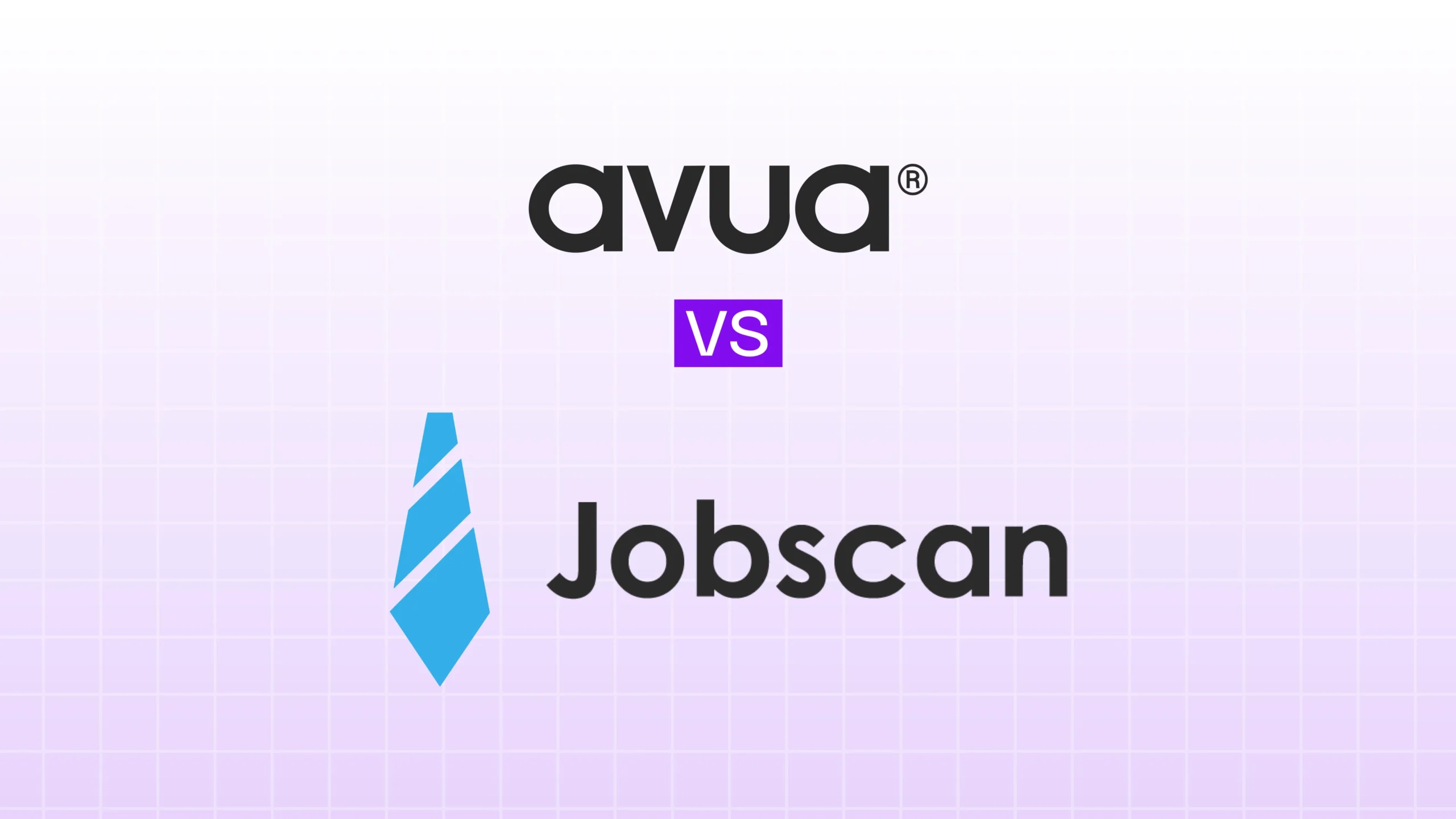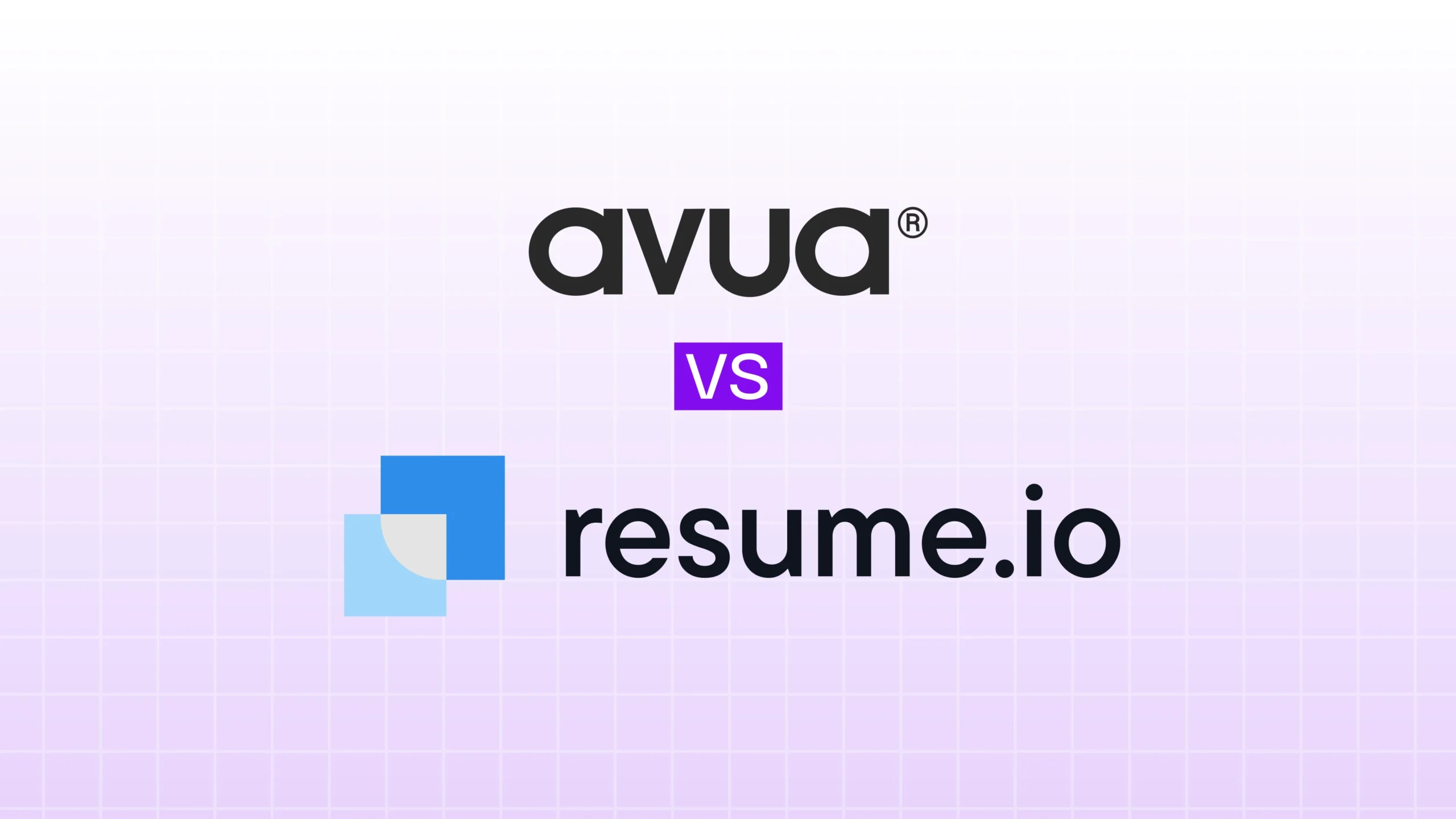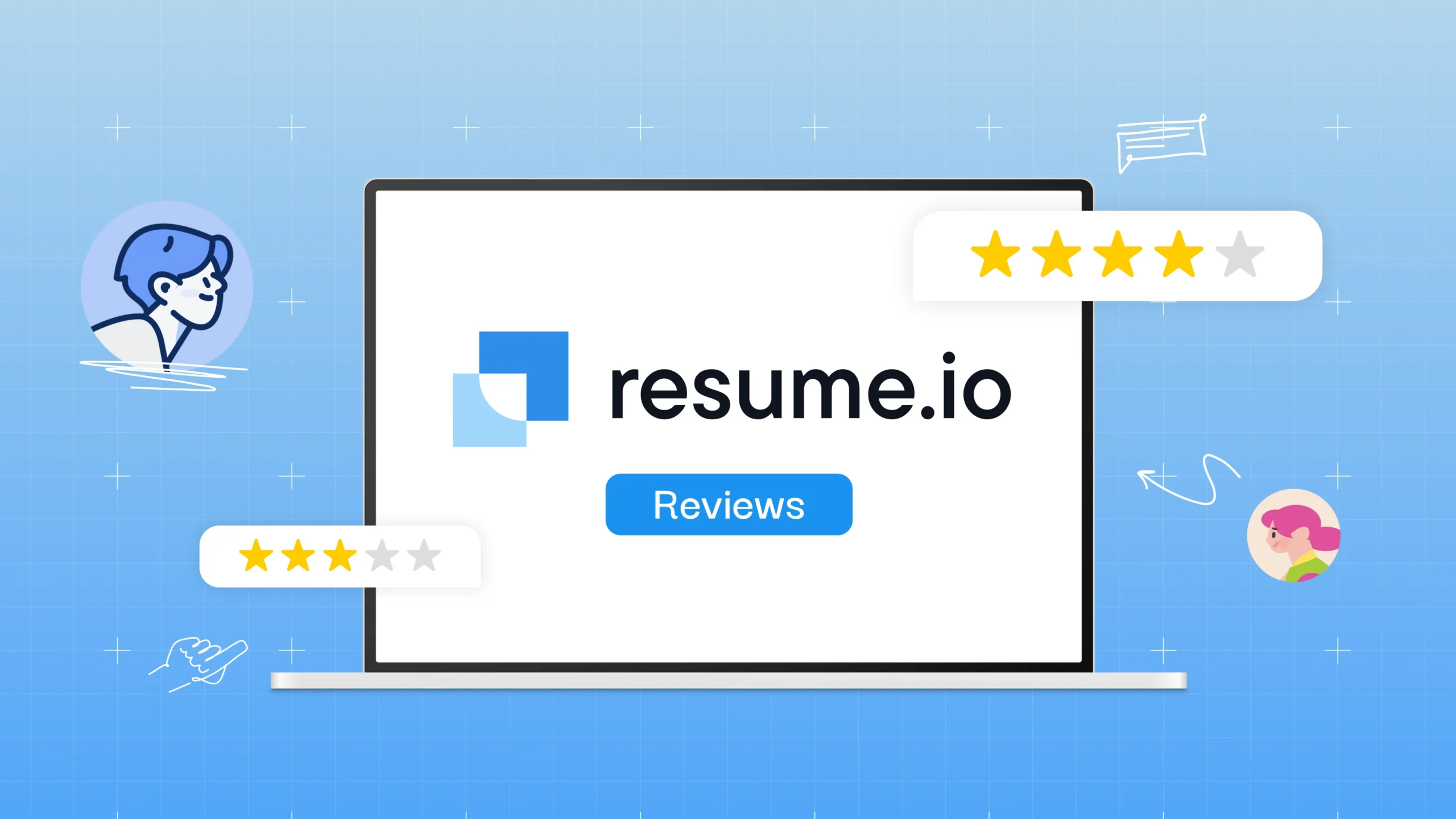In today’s competitive job market, your resume isn’t just a reflection of your experience, it’s your first chance to impress both recruiters and Applicant Tracking Systems (ATS). Most companies rely on ATS to filter applications before a human even sees them, which means using the right resume keywords is critical.
Failing to optimize your resume can quietly push your application to the bottom of the pile, even if you’re highly qualified. Using a platform like avua resume builder can help you identify gaps and ensure your CV is optimized for ATS.
Why Resume Keywords Matter
ATS software scans resumes for relevant words and phrases that match the job description. Here’s why keywords are so crucial:
- ATS Compliance: Resumes lacking the right terms may never reach recruiters.
- Role Alignment: Keywords demonstrate that your skills and experiences match the job requirements.
- Improved Scoring: Platforms like avua provide a CV analysis and free resume score to show how well your resume aligns with industry standards.
- Competitive Edge: A keyword-optimized resume helps you stand out among hundreds of applicants.
How ATS Reads Your Resume
Applicant Tracking Systems don’t “read” resumes like humans. They focus on:
- Exact Matches: Job titles, skills, and industry terms.
- Contextual Relevance: How keywords are used in sentences.
- Formatting: Simple layouts, standard fonts, and clear headings improve readability.
- Sectional Clarity: Separate sections for skills, experience, and education ensure easier parsing.
Using tools like avua resume builder can give you an early look at how ATS might interpret your resume.
Steps to Optimize Your Resume for ATS
Here’s a practical guide to ensure your resume passes ATS filters and captures recruiter attention:
1. Identify the Right Keywords
- Use the job description as your primary source. Highlight role-specific skills and industry terms.
- Include hard skills (e.g., “Project Management,” “Data Analysis”) and relevant certifications.
- Add soft skills sparingly, emphasizing qualities like “Leadership” or “Collaboration” only where appropriate.
2. Integrate Keywords Naturally
- Avoid “keyword stuffing,” which can backfire.
- Embed terms naturally within your work experience and achievements.
- Use varied forms of the same word (e.g., “managed projects” and “project management”) to cover all ATS scans.
3. Optimize Resume Structure
- Use clear headings like Experience, Skills, and Education.
- Bullet points are preferred for readability.
- Keep fonts standard (Arial, Calibri) and avoid graphics or tables that ATS might misread.
4. Tailor Each Application
- Customize your resume for each job by adjusting keywords based on the description.
- Avoid sending a generic resume; ATS rewards specificity.
5. Use Resume Scoring and CV Analysis Tools
- Platforms like avua offer a CV analysis feature that highlights missing keywords or formatting issues.
- These tools simulate ATS evaluations, giving actionable feedback before submission.
Common Mistakes to Avoid
Even well-qualified candidates often make errors that reduce ATS effectiveness:
- Overcomplicated Design: Graphics, tables, and unusual fonts may confuse ATS.
- Missing Keywords: Generic resumes lack the exact terms recruiters are searching for.
- Long Paragraphs: Dense blocks of text can hide important keywords.
- Using Images or Logos: ATS cannot read images, so don’t rely on icons to convey information.
- Neglecting Metrics: Quantifying achievements helps both ATS and human recruiters see your impact.
Examples of Smart Keyword Usage
Here are some ways to incorporate keywords effectively:
- Instead of: “Responsible for project planning” → Use: “Managed project schedules, achieving 15% cost savings and timely delivery for renewable energy projects.”
- Instead of: “Worked with teams” → Use: “Collaborated with cross-functional teams in Energy, IT, and Construction sectors to optimize workflow.”
- Instead of: “Improved efficiency” → Use: “Implemented AI-based recruitment tools to enhance hiring efficiency, reducing time-to-hire by 20%.”
Notice how these examples include measurable achievements and relevant keywords for both ATS and recruiters.
How Different Industries Use Keywords
Resume optimization varies slightly depending on the sector:
- Energy: Keywords include renewable energy, grid management, sustainability initiatives.
- IT: Cloud computing, AI tools for hiring, software development, data security.
- Pharma: Regulatory compliance, clinical trials, laboratory management.
- Construction: Project management, blueprint reading, safety compliance.
- Finance: Risk analysis, financial modeling, investment strategies.
- Healthcare: Patient care management, EMR systems, clinical workflows.
Customizing your resume for each sector ensures that the right keywords align with the recruiter’s search criteria.
Also Read: What is a Resume Score and Why It Matters for Job Seekers
Using Smart Tools to Optimize Your Resume
While manual keyword optimization is effective, using AI-powered tools makes the process smarter:
- Identify Gaps: Highlight missing skills or industry-specific terms.
- Simulate ATS: Understand how your resume ranks before submission.
- Tailor Effectively: Optimize sections like experience, skills, and certifications.
Platforms like avua provide a free CV score so you know exactly where improvements are needed. This approach lets you hire smarter by ensuring your resume is noticed by recruiters.
Final Thoughts
ATS-friendly resumes are no longer optional; they are essential in 2026. By focusing on resume keywords, structuring your resume clearly, and using tools like avua and its ats resume builder features, you give yourself the best chance to reach recruiters.
Remember: A resume is not just a list of duties, it’s a marketing document. The right keywords, quantifiable achievements, and tailored content can make your resume both ATS-compliant and appealing to hiring managers across Energy, IT, Pharma, Construction, Finance, and Healthcare sectors.
FAQs
Q1. What are resume keywords?
Resume keywords are specific skills, job titles, and industry terms that ATS systems look for when filtering applications.
Q2. How many keywords should I include?
Focus on relevant keywords that match the job description naturally. Overstuffing can reduce readability and ATS compliance.
Q3. Can a resume score tool improve my chances?
Yes. Tools like avua provide a CV analysis and free resume score to highlight gaps and missing keywords.
Q4. Do keywords differ by industry?
Absolutely. Each sector, such as Energy, IT, Pharma, or Construction, has unique terms that must be reflected in your resume.
Q5. Is it necessary to optimize my resume for ATS?
In 2026, almost all companies use ATS. Optimizing for keywords ensures your resume is seen by recruiters and not filtered out automatically.



